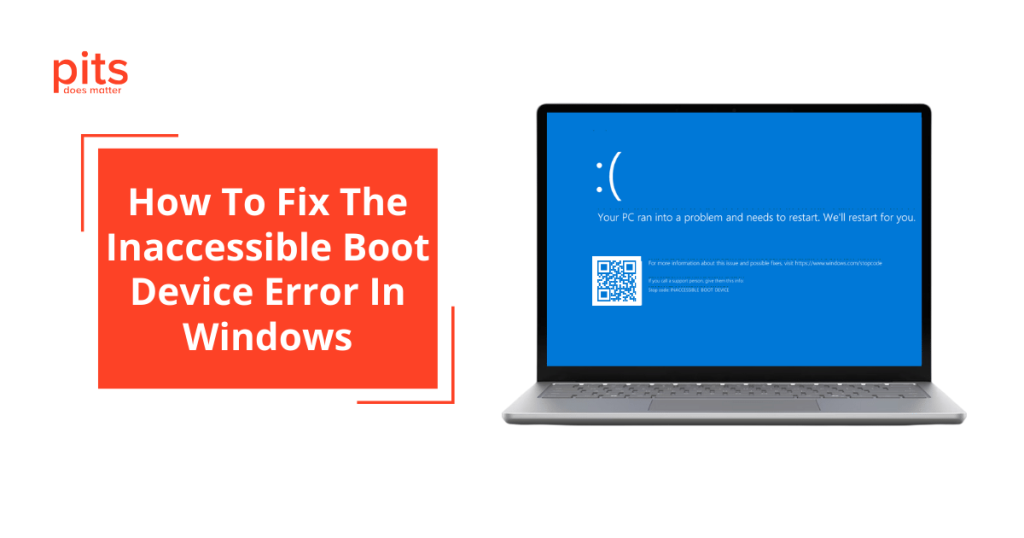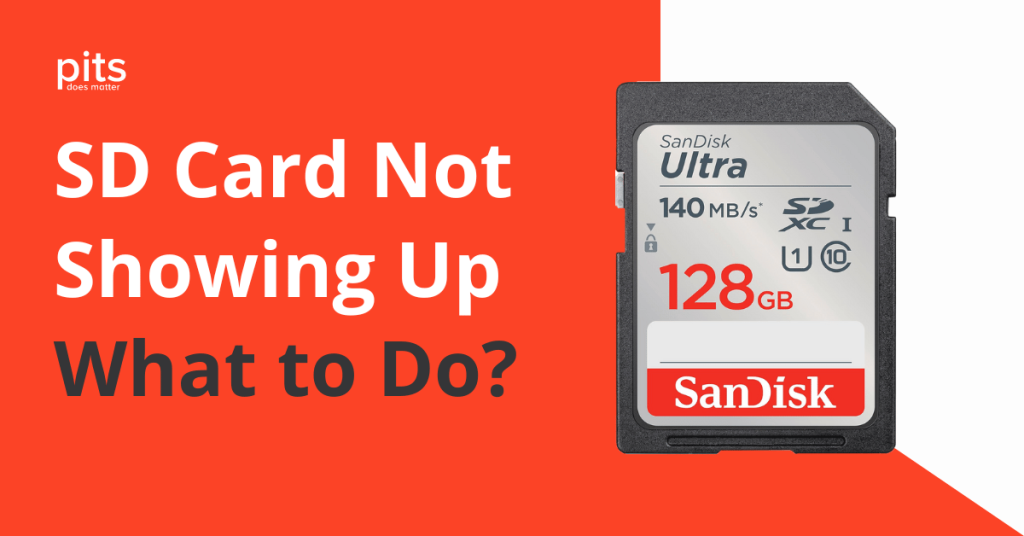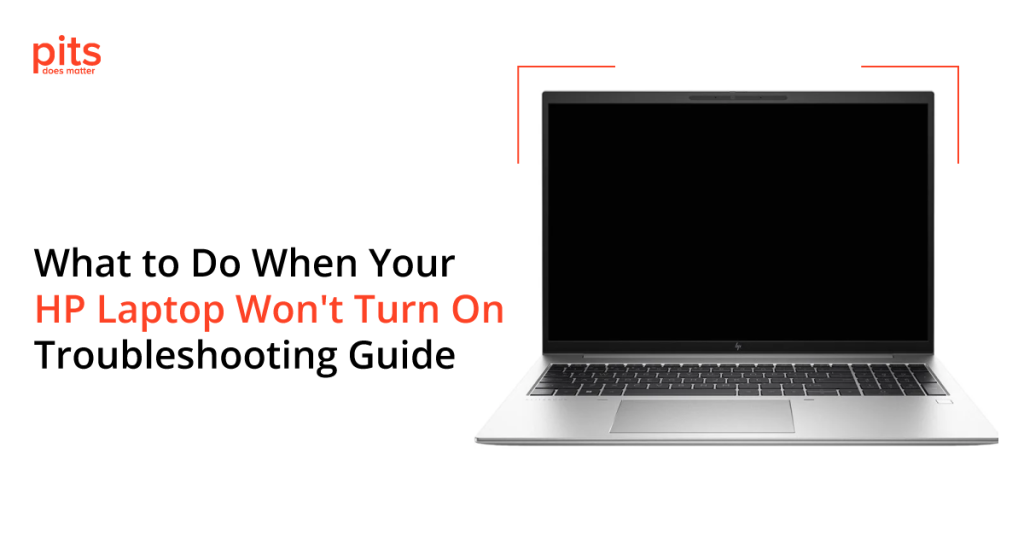USB pen drives, commonly referred to as flash drives or thumb drives, offer a convenient and portable solution for data storage and transfer. Millions of people around the world use them for various purposes, such as backing up important files, transferring documents between devices, and storing media.
However, there may be situations where your USB drive does not show up when plugged into your computer. This can be frustrating and may lead to you thinking that your USB drive is no longer functional. This article covers initial checks, reasons your USB drive might not appear, and fixes for non-working USB drives on Windows and Mac OS.
Why Your USB Drive Won't Show Up
Before diving into potential solutions, it’s important to understand why your USB device needs to be recognised. Here are some common reasons:
- Connection issue: The USB drive might not be properly connected to the computer, or the connection port might be faulty.
- Driver issues: Your computer might not have the necessary drivers installed to recognise and use your USB drive.
- Drive letter conflict: If your USB drive has the same drive letter as another device, it might not show up on your computer.
- File system errors: Corrupted or damaged file systems can prevent a USB drive from being recognised by your computer.
- Physical damage: If your USB flash drive is physically damaged, it might no longer be functional.
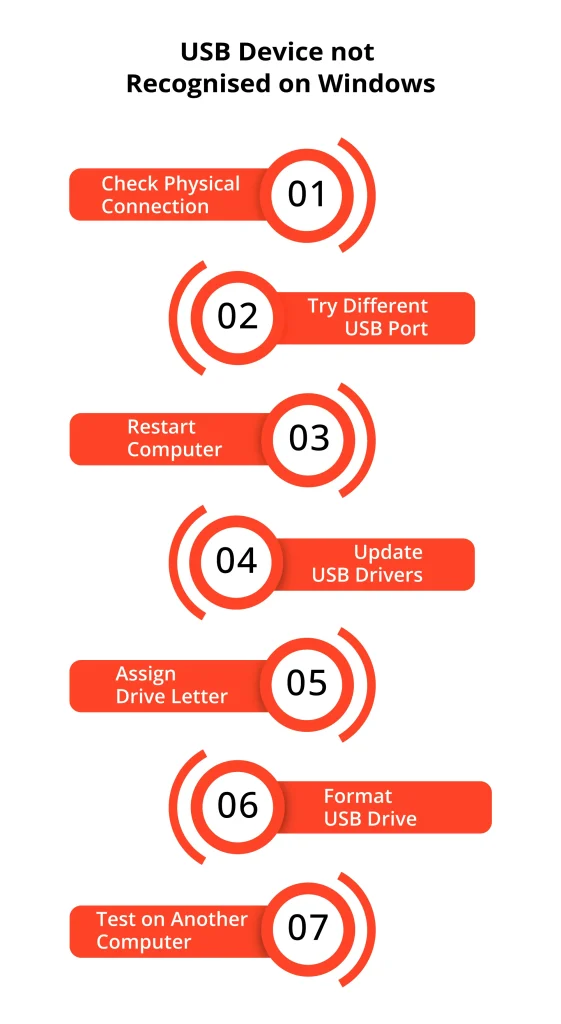
First Steps and Initial Checks
Before attempting any fixes, it’s essential to eliminate simple problems that could be causing your USB stick not to show up. Here are some initial checks you can perform:
Check the connection: Make sure your USB drive is properly connected to your computer without any loose connections.
Try a different port: Sometimes, the USB port you’re using may be defective.Try connecting your USB drive to a different port on your computer.
Use a different cable: To troubleshoot issues with your USB device not recognised, try using a different detachable cable to identify any potential cable-related problems.
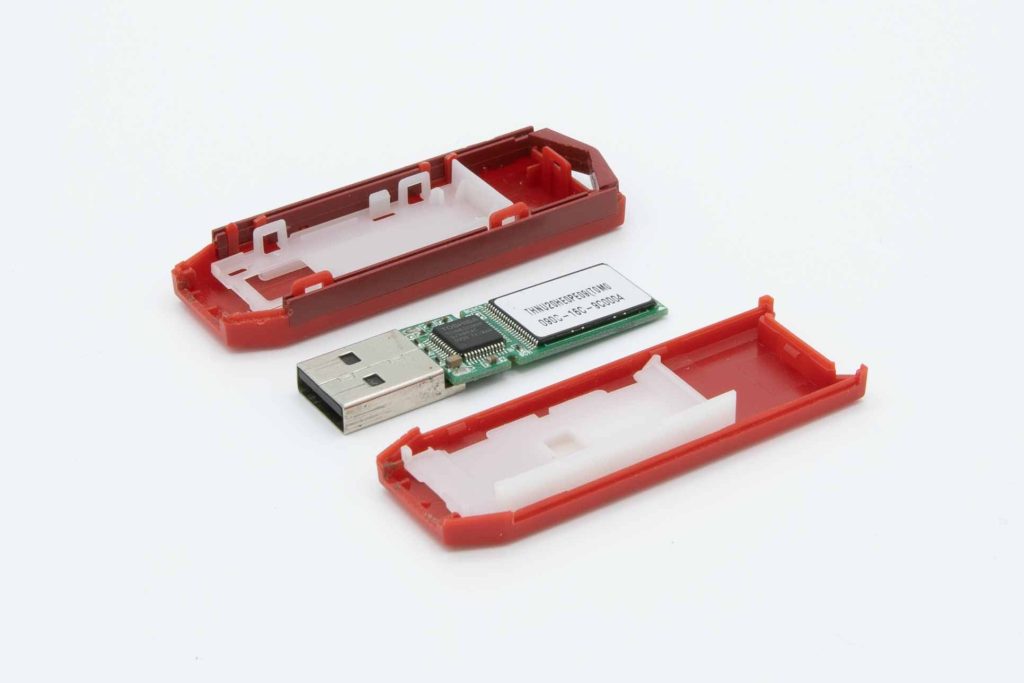
Check on another device: Attempt connecting your USB drive to another computer or device to see if it’s recognised. If it is, then the problem lies with your original computer.
If these initial checks do not resolve the problem, then it’s time to move on to potential fixes for your USB drive.
USB Drive Not Recognised in Windows
If basic troubleshooting hasn’t resolved your issue and your device is still not detected, it might be time to explore advanced solutions. For users frustrated by the common problem of their USB not showing up in Windows 10, it is crucial to start with the Device Manager and Disk Management tool for an initial troubleshooting approach.
USB Drive Not Recognised on Mac OS
Mac OS has its own set of fixes for non-working USB drives:
How to Avoid Errors with USB Drives
For optimal USB drive lifespan and performance, implement preventive measures and follow best practices. This part of the article will guide you on how to avoid common errors and ensure your drives remain in top working condition.
Conclusion
If none of these solutions work, your USB drive may be physically damaged. In this case, it’s best to contact professional data recovery services for further assistance. Remember to always safely eject your USB flash drive from your computer before removing it to prevent further data failure or corruption.
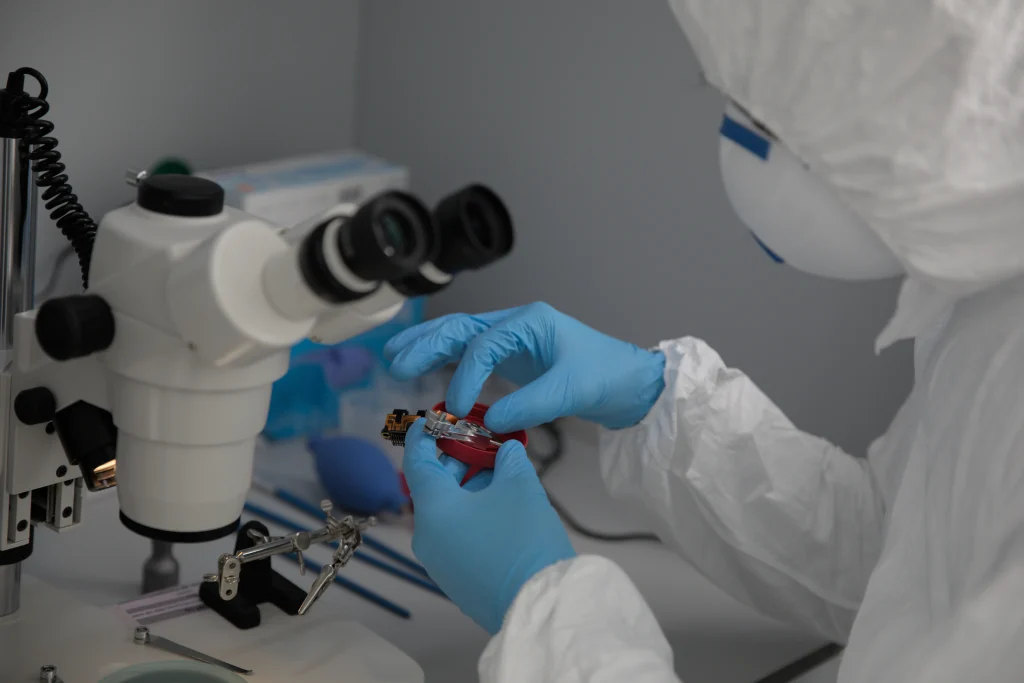
Experiencing stress when your USB drive is not detected can be frustrating, especially if you have crucial files stored on it.
However, even with a malfunctioning device, there is a possibility of recovering your valuable data. Trust our USB Drive Data Recovery Services for all types of data loss scenarios.We understand how critical your data can be.
Whether it’s personal memories, crucial work documents, or sensitive information, losing access to your data from a USB drive can be a stressful situation. This is why we offer expert USB drive data recovery services tailored to retrieve lost or inaccessible data from damaged or non-recognisable USB drives.
Trust us to handle your data with the utmost privacy and security. Contact us today to learn more about how we can help you retrieve your valuable data.
Frequently Asked Questions
Why is my USB not showing up on my computer?
There can be several reasons for this, including connection issues, driver problems, drive letter conflicts, file system errors, and physical damage.
How do I fix a non-working USB drive on Windows?
Some potential solutions include checking the Device Manager, assigning a new drive letter, and reformatting the drive. In certain challenging situations where common troubleshooting steps fail to resolve the issue with your USB drive, it is advisable to seek professional assistance.
Can I retrieve data from a physically damaged USB drive?
Yes, professional data recovery services can retrieve data from physically damaged USB drives, but it is not guaranteed. It’s best to contact experts for assistance in this situation.
Is it possible to retrieve lost or inaccessible data from a non-recognisable USB drive?
Yes, expert data recovery services can often retrieve lost or inaccessible data from non-recognisable USB drives. However, it’s always best to back up your data regularly to avoid any potential loss.
How can I prevent future issues with my USB drive?
It’s essential to handle your USB drive with care and safely eject it from your computer before removing it. It’s also highly recommended that you regularly back up your data to avoid potential loss. If you encounter any recurring issues with your USB drive, it’s best to consult a professional for assistance.
